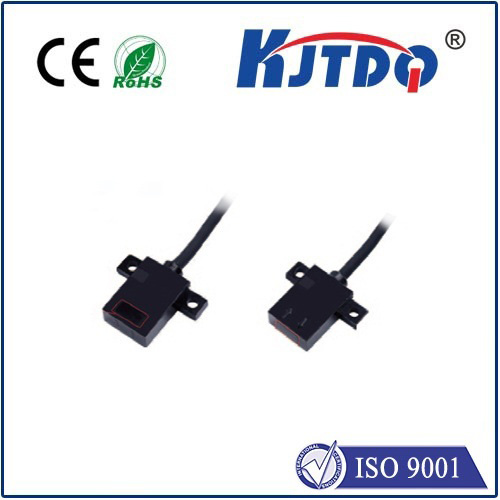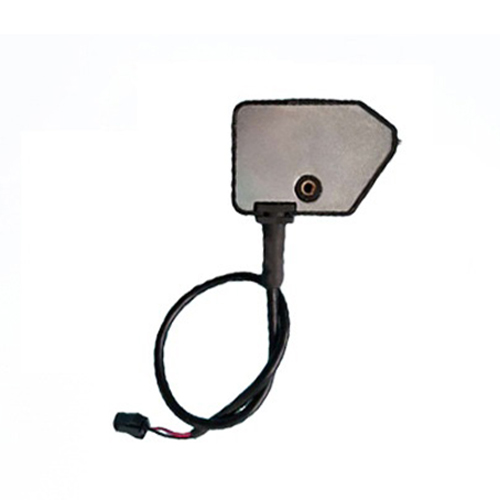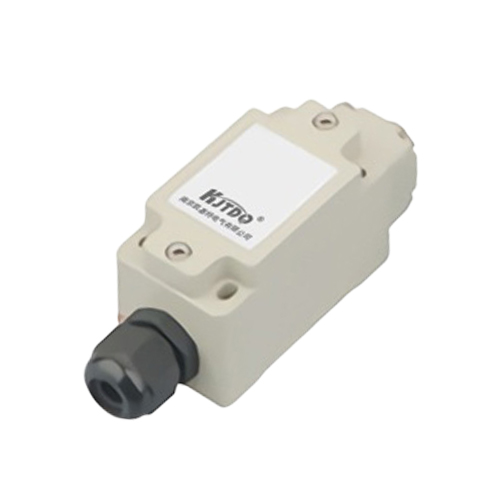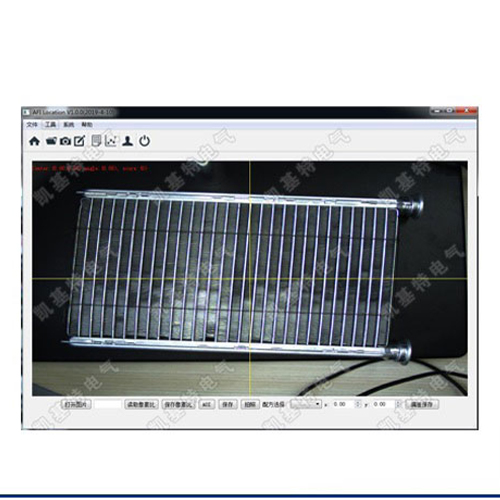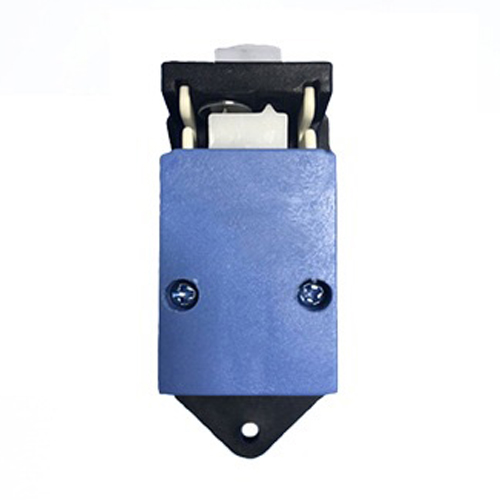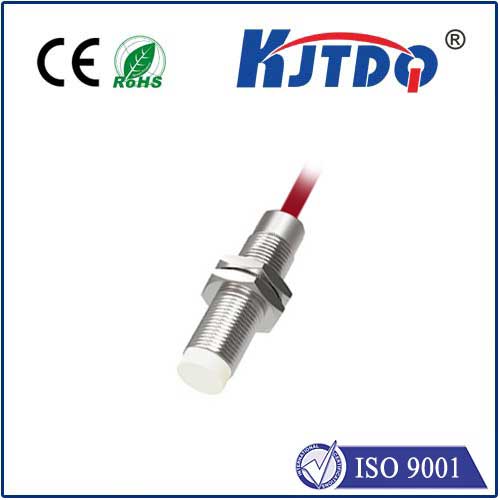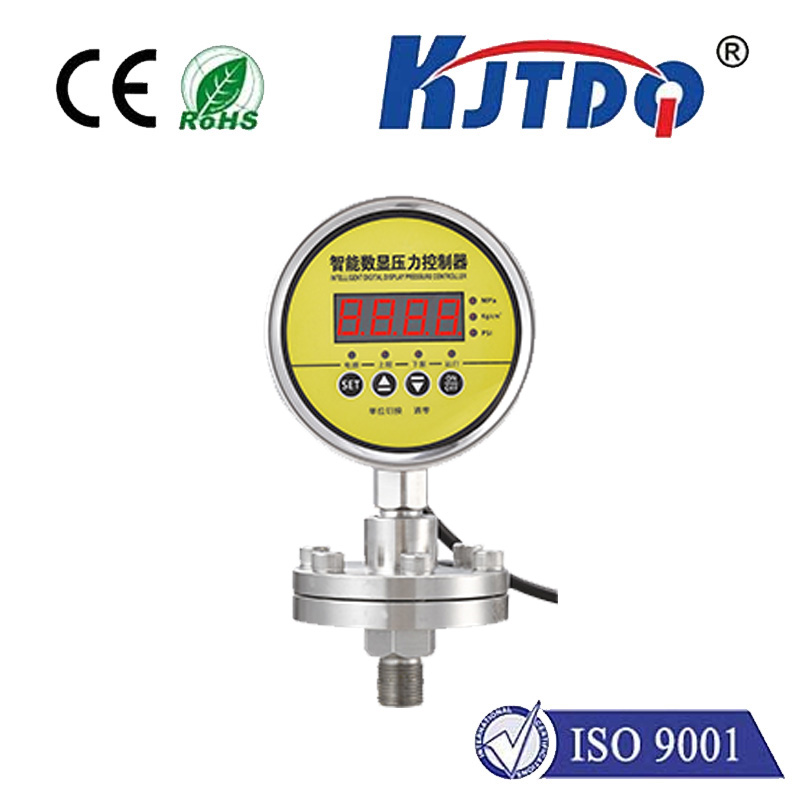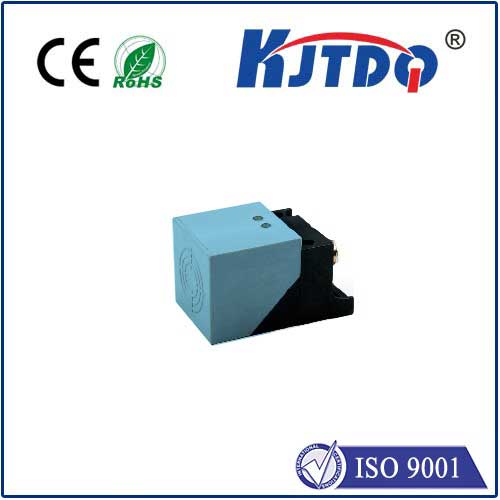proximity sensor amazon
- time:2025-07-17 08:00:03
- Click:0
Proximity Sensor Amazon: Your Ultimate Guide to Smart Purchases & Seamless Automation
Ever reached for your phone in the dark, only for the screen to magically illuminate before you touch it? Or walked into a store, triggering automatic doors that glide open effortlessly? That unseen intelligence is often a proximity sensor at work. These compact marvels detect nearby objects without physical contact, enabling countless modern conveniences and industrial processes. And when it comes to finding the perfect proximity sensor for your project, whether DIY, industrial, or automotive, Amazon stands out as an indispensable marketplace. Finding the right sensor needn’t be complex; navigating the vast selection on Amazon makes sourcing proximity sensors streamlined and efficient.
Understanding the Power of the Unseen: What is a Proximity Sensor?
At its core, a proximity sensor detects the presence or absence of an object within a specific range, emitting an electronic signal without needing to touch the target. Think of it as an electronic eye that “sees” through various principles:
- Inductive Sensors: The undisputed champions for detecting metallic objects. They generate an electromagnetic field. When a metal target enters this field, it induces eddy currents, altering the field and triggering the sensor. Rugged, reliable, and widely used in industrial automation (factory machinery, conveyor systems), they’re a top choice for metal detection tasks. Searching inductive proximity sensor on Amazon yields thousands of options.
- Capacitive Sensors: These detect virtually any material – metals, plastics, liquids, powders, wood, you name it. They sense changes in capacitance caused by an object entering their electrostatic field. Ideal for level detection (in tanks or bins), presence sensing of non-metals, or detecting materials through barriers.
- Photoelectric Sensors: Utilizing light beams (visible, infrared, laser), they detect objects based on light interruption (through-beam), reflection off the target (retro-reflective), or reflection directly to the receiver (diffuse reflective). Excellent for longer ranges, detecting small objects, or sensing regardless of material type.
Key Considerations When Choosing Your Proximity Sensor on Amazon
Navigating the vast array of proximity sensors on Amazon requires knowing what factors matter most for your application. Don’t get overwhelmed – focus on these essentials:
- Detection Principle: First, identify what you need to detect. Is it metal? Go inductive. Non-metal or various materials? Capacitive or photoelectric is likely needed. Long range or small object? Photoelectric sensors shine here.
- Sensing Range: Every sensor has a specified nominal sensing distance. Choose one with a range slightly exceeding your maximum required distance to ensure reliable detection under varying conditions. Crucially, check the sensor’s spec sheet – often linked in the Amazon product listing.
- Operating Voltage & Output Type: Match these to your control system (PLC, Arduino, Raspberry Pi, etc.).
- DC Voltage: Commonly 10-30V DC. Verify compatibility.
- Output Configuration: NPN (sinking) or PNP (sourcing) transistor outputs are standard. Using the wrong type can damage equipment or prevent operation. Amazon listings and reviews often clarify this.
- Output State: Normally Open (NO) or Normally Closed (NC) contacts define the signal behavior when an object is detected.
- Size & Mounting: Sensor dimensions and mounting style (threaded barrel, block shape, flush/non-flush mount for inductive) must fit your physical space and mounting constraints. Measure twice, buy once!
- Environmental Factors: Consider temperature extremes, potential exposure to dust, water/oil (IP rating), chemicals, or vibration. Industrial-grade sensors listed on Amazon often specify robust IP67, IP68, or IP69K ratings for harsh environments.
- Connectivity: While many sensors use simple 2-4 wire cables, some might offer IO-Link capability for advanced diagnostics and parameter setting – a feature increasingly available even on Amazon.
Why Buy Your Proximity Sensor on Amazon? Advantages Unlocked
Choosing Amazon for your proximity sensor purchase isn’t just about convenience; it offers tangible advantages that streamline the process and enhance confidence:
- Unparalleled Selection & Comparison: Amazon aggregates sensors from countless global brands and suppliers – giants like Omron, Sick, and Schneider Electric, alongside specialized manufacturers and value-focused sellers. This vast inventory allows you to easily compare specifications, features, and prices side-by-side, ensuring you find the exact sensor that fits your technical needs and budget. Finding a specific inductive proximity sensor with a unique thread size or sensing range? Amazon’s search and filter tools make it possible.
- Transparent Pricing & Deals: Competitive pressure on the platform often leads to very attractive pricing. You can readily see different sellers’ offers for the same item. Additionally, keep an eye out for warehouse deals, lightning deals, or coupon discounts on proximity sensor listings, offering significant savings.
- The Power of Customer Reviews & Ratings: This is arguably one of Amazon’s greatest strengths. Real-world experiences shared by other buyers are invaluable. Reading reviews helps you understand potential gotchas – like actual sensing distance differing slightly from specs, durability in practice, ease of wiring, or compatibility issues. High ratings generally signal reliable products and sellers.
- Speed & Convenience: Amazon’s renowned logistics network, especially with Prime, means rapid delivery. Getting a critical sensor overnight or in two days can be a game-changer for operational downtime or project deadlines. Hassle-free returns (check the specific seller’s policy) also provide peace of mind.
- Accessibility for All: Whether you’re a seasoned controls engineer sourcing parts for a large-scale automation project, a maintenance tech needing a quick replacement, or a hobbyist tinkering with Arduino projects in your garage, Amazon provides a universally accessible platform. Search terms like proximity sensor for Arduino readily yield beginner-friendly options with clear documentation often linked or included.
Optimizing Your Proximity Sensor Search on Amazon
To make the most of Amazon’s platform when searching for proximity sensors:
- Use Precise Keywords: Start broad (
proximity sensor), then refine (inductive proximity sensor 12mm, capacitive proximity sensor liquid detection, M18 proximity sensor PNP NO). Include brand names if you have a preference.
- Leverage Filters: Use the sidebar filters extensively – select the correct Department (e.g., Industrial & Scientific), brand, price range, customer ratings (aim for 4 stars & up), Prime eligibility, and key features (sensing distance, output type, voltage).
- Scrutinize Listings: Go beyond the title. Carefully read the product description, key specs table, and crucially, view any available datasheets or manufacturer links. Pay attention to detailed product images.
- Read Reviews Critically: Look for patterns in feedback. Are multiple reviews mentioning a short lifespan? Difficulty with a





